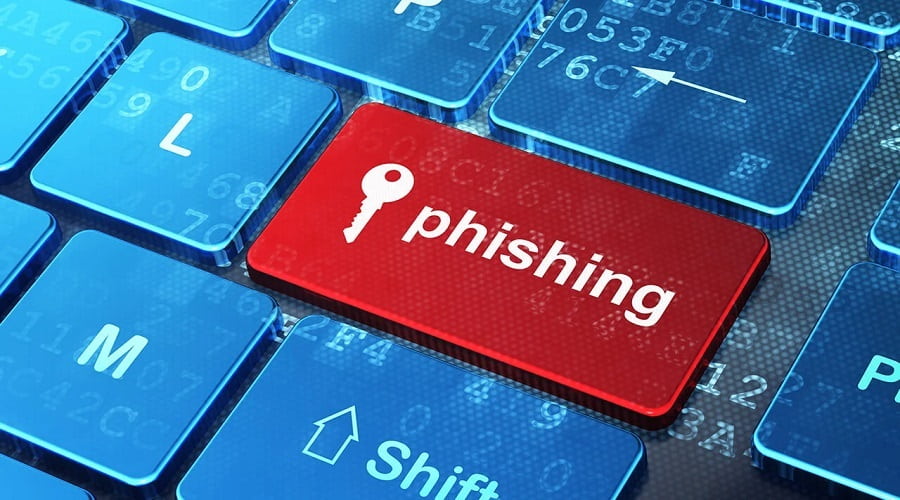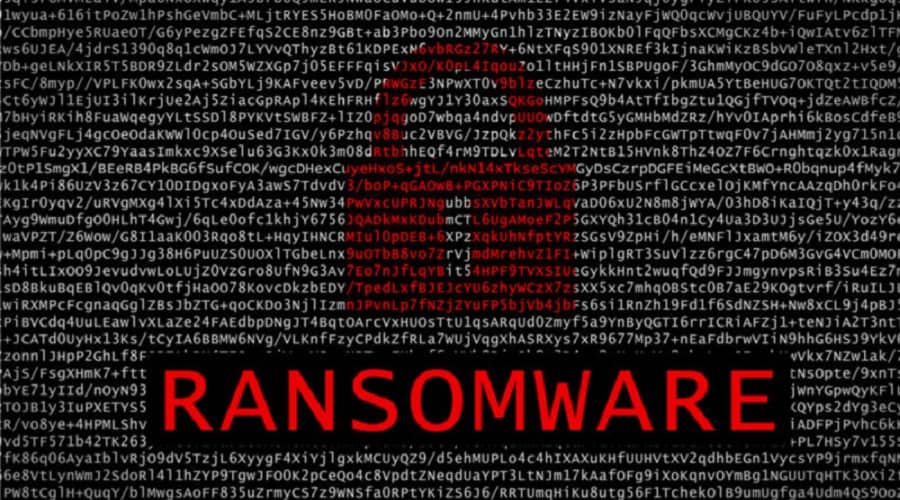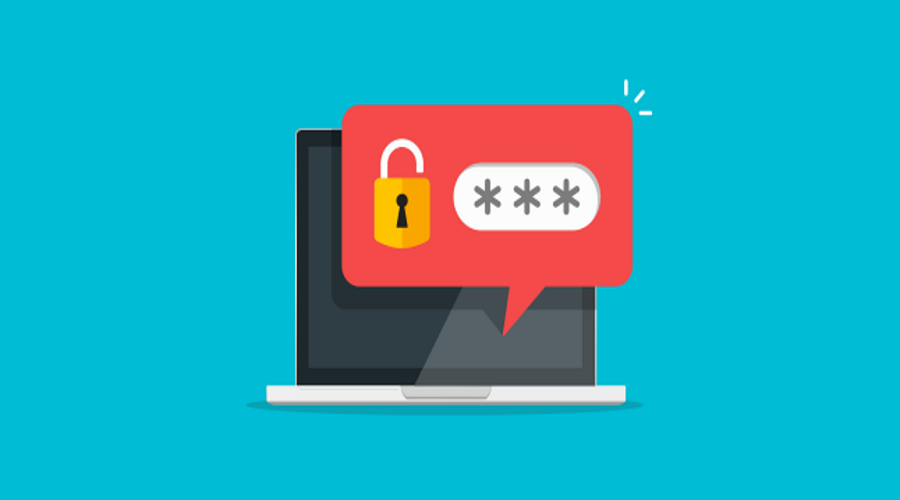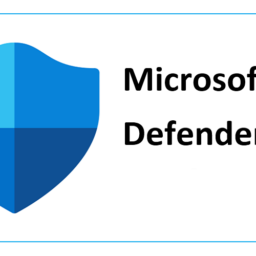
Small businesses are just as at risk from cyber security threats as large enterprises. A common misconception for small businesses is an idea of security through obscurity, that your business is too small to be a target, but unfortunately, this is not the case.
As attackers increasingly automate attacks, it’s easy for them to target hundreds, if not thousands of small businesses at once. Small businesses often have less stringent technological defences, less awareness of threats and less time and resource to put into cybersecurity. This makes them an easier target for hackers than bigger organizations.
But, at the same time, they are no less lucrative targets. Even the very smallest businesses can deal with large sums of money, or have access to huge amounts of customer data, which, under regulations such as GDPR, they are obligated to protect. Small businesses also often work with larger companies, and so they can be used by hackers as a way to target those companies.
Small businesses also arguably have the most to lose from being hit with a damaging cyber-attack. A recent report revealed that businesses with less than 500 employees lose on average $2.5 million per attack. Losing this amount of money in a cyber breach is devastating to small businesses, and that’s not to mention the reputational damage that comes from being hit by a cyber-attack.
For these reasons, small businesses need to be aware of the threats and how to stop them. This article will cover the top 5 security threats facing businesses, and how organizations can protect themselves against them.

1) Phishing Attacks
The biggest, most damaging and most widespread threat facing small businesses are phishing attacks. Phishing accounts for 90% of all breaches that organizations face, they’ve grown 65% over the last year, and they account for over $12 billion in business losses. Phishing attacks occur when an attacker pretends to be a trusted contact, and entices a user to click a malicious link, download a malicious file, or give them access to sensitive information, account details or credentials.
Phishing attacks have grown much more sophisticated in recent years, with attackers becoming more convincing in pretending to be legitimate business contacts. There has also been a rise in Business Email Compromise, which involves bad actors using phishing campagins to steal business email account passwords from high level executives, and then using these accounts to fraudulently request payments from employees.
Part of what makes phishing attacks so damaging is that they’re very difficult to combat. They use social engineering to target humans within a business, rather than targeting technological weaknesses. However, there are technological defences against phishing attacks.
Having a strong Email Security Gateway like Proofpoint Essentials, or Mimecast, in place can prevent phishing emails from reaching your employees inboxes. Cloud-based email security providers such as IRONSCALES can also be to secure your business from phishing attacks. These solutions allow users to report phishing emails, and then allow admins to delete them from all user inboxes.
The final layer of security to protect emails from phishing attacks is Security Awareness Training. These solutions allow you to protect your employees by testing and training them to spot phishing attacks and report them.
You can read reviews of the top Email Security Gateways, Cloud Email Security Solutions and Security Awareness Training Platforms at Expert Insights.
2) Malware Attacks
Malware is the second big threat facing small businesses. It encompasses a variety of cyber threats such as trojans and viruses. Malware is a varied term for malicious code that hackers create to gain access to networks, steal data, or destroy data on computers. Malware usually comes from malicious website downloads, spam emails or from connecting to other infected machines or devices.
These attacks are particularly damaging for small businesses because they can cripple devices, which requires expensive repairs or replacements to fix. They can also give attackers a back door to access data, which can put customers and employees at risk. Small businesses are more likely to employ people who use their own devices for work, as it helps to save time and cost. This, however, increases their likelihood of suffering from a malware attack, as personal devices are much more likely to be at risk from malicious downloads.
Business can prevent malware attacks by having strong technological defences in place. Endpoint Protection solutions protect devices from malware downloads and give admins a central control panel to manage devices and ensure all users’ security is up to date. Web Security is also important, stopping users from visiting malicious webpages and downloading malicious software.
You can read verified user reviews of the top Endpoint Protection and Web Security vendors at Expert Insights.

3) Ransomware
Ransomware is one of the most common cyber-attacks, hitting thousands of businesses every year. These attacks have only become more common,, as they are one of the most lucrative forms of attacks. Ransomware involves encrypting company data so that it cannot be used or accessed, and then forcing the company to pay a ransom to unlock the data. This leaves businesses with a tough choice – to pay the ransom and potentially lose huge sums of money, or cripple their services with a loss of data.
Small businesses are especially at risk from these types of attack. Reports have shown 71% of ransomware attacks target small businesses, with an average ransom demand of $116,000. Attackers know that smaller businesses are much more likely to pay a ransom, as their data is often not backed-up and they need to be up and running as soon as possible. The healthcare sector is particularly badly hit by this type of attack, as locking patient medical records and appointment times can damage a business to a point where it has no choice but to close, unless a ransom has been paid.
To prevent these attacks, businesses need to have strong Endpoint Protection in place across all business devices. These will help to stop ransomware attacks from being able to effectively encrypt data. Endpoint protection solution SentinelOne even provides a ‘ransomware rollback’ feature, which allows organizations to very quickly detect and mitigate against ransomware attacks.
Businesses should also consider having an effective cloud back-up solution in place. These solutions back up company data securely in the cloud, helping to mitigate against data loss. There are various methods of data back-up available to organizations, so it’s important to research the method that will work best for your organization.
The benefit of implementing data back-up and recovery is that in the event of a ransomware attack, IT teams can quickly recover their data without having to pay any ransoms, or lose productivity. This is an important step towards improved cyber-reselience.

4) Weak Passwords
Another big threat facing small businesses is employees using weak or easily guessed passwords. Many small businesses use multiple cloud based services, that require different accounts. These services often can contain sensitive data and financial information. Using easily guessed passwords, or using the same passwords for multiple accounts, can cause this data to become compromised.
Small businesses are often at risk from compromises that come from employees using weak passwords, due to an overall lack of awareness about the damage they can cause. An average of 19% of enterprise professionals use easily guessed passwords or share passwords across accounts.
To ensure that employees are using strong passwords, users should consider Business Password Management technologies. These platforms help employees to manage passwords for all their accounts, suggesting strong passwords that cannot be easily cracked. Businesses should also consider implementing Multi-Factor Authentication technologies. These ensure that users need more than just a password to have access to business accounts. This includes having multiple verification steps, such as a passcode sent to a mobile device. These security controls help to prevent attackers from accessing business accounts, even if they do correctly guess a password.
You can read verified user reviews of the top Business Password Management and the top Multi-Factor Authentication solutions at Expert Insights.
5) Insider Threats
The final major threat facing small businesses is the insider threat. An insider threat is a risk to an organization that is caused by the actions of employees, former employees, business contractors or associates. These actors can access critical data about your company, and they can case harmful effects through greed or malice, or simply through ignorance and carelessness. Verizon found that 25% of data breaches were caused by insider threats.
This is a growing problem and can put employees and customers at risk, or cause the company financial damage. Within small businesses, insider threats are growing as more employees have access to multiple accounts, that hold more data. Research has found that 62% of employees have reported having access to accounts that they probably didn’t need to.
To block insider threats, small businesses need to ensure that they have a strong culture of security awareness within their organization. This will help to stop insider threats caused by ignorance, and help employees to spot early on when an attacker has compromised, or is attempting to compromise company data.
You can read verified user reviews of all of the top Security Awareness Training solutions at Expert Insights.
Summary
There are a range of threats facing small businesses at the moment. The best way for businesses to protect against these threats is to have a comprehensive set of security tools in place, and to utilize Security Awareness Training to ensure that users are aware of security threats and how to prevent them.
Expert Insights is a leading resource to help organizations find the right security software and services. You can read independent. reviews of all of the top security solutions and discover the top features of each service. Get started by visiting www.expertinsights.com/services
Source: expertinsights.com














